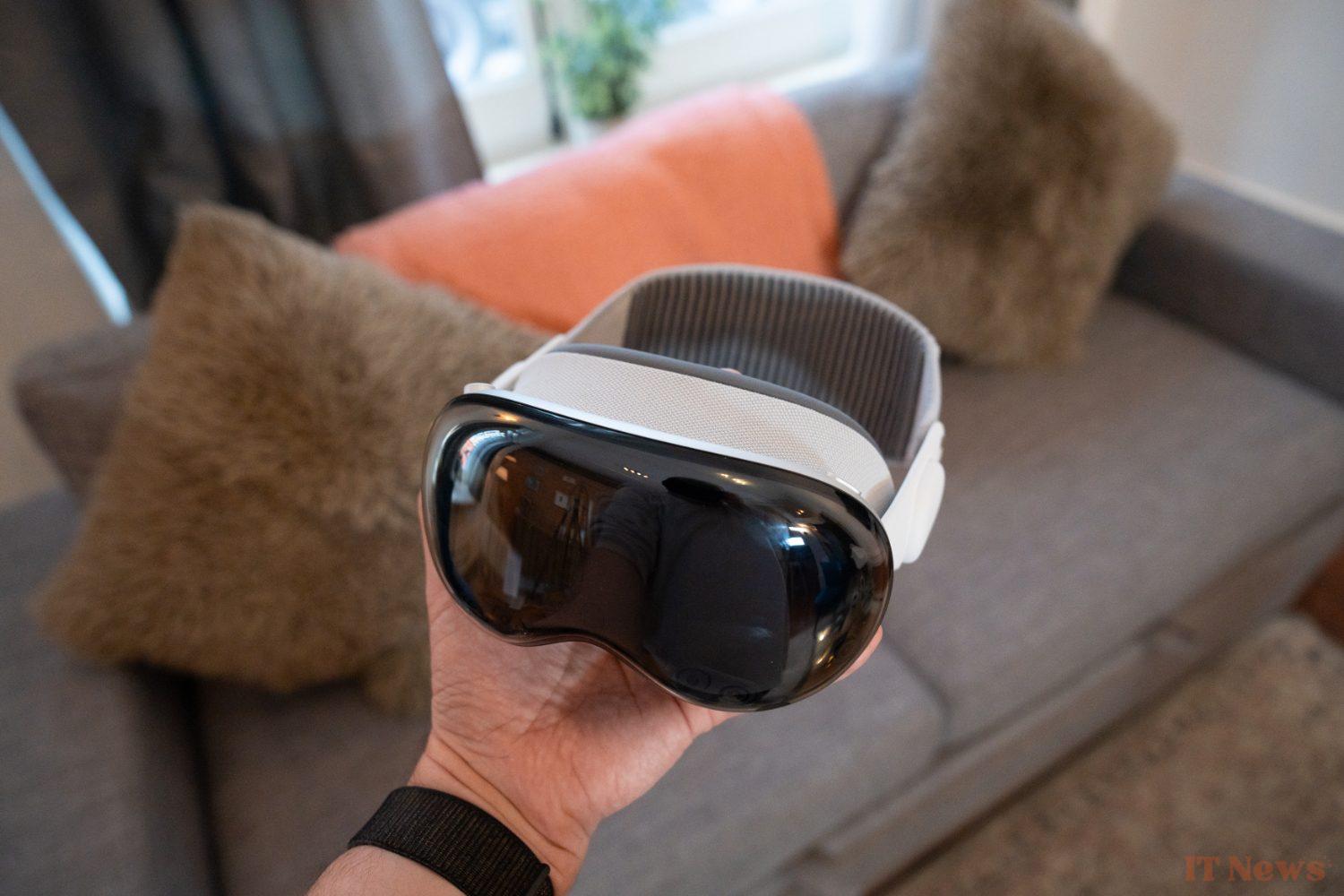Despite the mixed commercial reception of its first space computer, Apple continues to develop new versions of the Vision Pro. According to information gleaned by Bloomberg journalist Mark Gurman, the Cupertino giant is currently working on two iterations of the mixed reality headset. The source points out that Apple has "spent several billion dollars developing the Vision Pro," which discourages the company from fundamentally changing its approach.
Lighter and cheaper
Determined to exploit the technologies developed, Apple is initially focusing on developing a "lighter and cheaper" Vision Pro. Price and weight have indeed emerged as the two main drawbacks of the space computer.
Sold from 3,999 euros in France, the headset has failed to attract a large segment of consumers. Most of the brand's fans were put off by the product's prohibitive price. Faced with public disenchantment, Apple was even forced to reduce the headset's space in its stores. The brand sells no more than 100,000 headsets per quarter worldwide.
This is why the second Vision Pro should be less expensive. Being more affordable, it could sell much better than the first model. The latest leaks suggest a starting price of around $2,000. To successfully lower production costs, Apple would have to rely on a less ambitious spec sheet, with a less powerful processor and less high-end materials. Above all, Apple would do away with EyeSight technology, which displays the wearer's eyes as soon as someone looks in the direction of the headset.
Secondly, Apple would like to design a headset that is significantly lighter than the first Vision Pro. It weighs 650g. After several dozen minutes of use, the headset's weight is felt on the neck, which can cause discomfort. Many users are investing in third-party straps, designed by brands like Belkin, to relieve their necks. Rumors suggest a release around 2027, so you'll have to be patient.
A Vision Pro for the Mac
At the same time, Apple is developing a Vision Pro to accompany the Mac. This version connects to the computer via a wired connection. Once this is done, the headset will be used to broadcast "a user's Mac screen or for connecting to high-end business applications". In short, the wearer will be able to use their computer to interact with the displayed content and the macOS interface through the Vision Pro, without latency.
With this approach, Apple is primarily looking to address the professional world. According to Gurman, the Vision Pro tailored for the Mac could offer simulations with very low latency, such as surgical operation simulations or flight in real conditions. The company realized that the Vision Pro had found new opportunities in the business market. This is a new way to monetize the technologies imagined to power the Vision Pro.
AR glasses in sight
The company's ultimate goal remains to develop glasses for augmented reality. All versions of the Vision Pro are just a "stepping stone to Tim Cook's big vision", namely AR glasses "lightweight that a customer could wear all day". These will display real-time data and images of what's happening in front of the wearer's eyes.
Also according to Bloomberg, Apple has developed glasses similar to Meta's smart Ray-Bans. This prototype has cameras and microphones that can summon Siri, the iPhone's voice assistant. Visual Intelligence, one of Apple's flagship Intelligence features that lets AI interpret the world around it, is also said to be part of the package.
For Apple, this isn't an end in itself, but a transition, preparing for the arrival of real glasses for augmented reality. Unfortunately, Apple fears that glasses equipped with cameras will raise privacy concerns. Furthermore, the company doesn't want its customers to stop taking out their iPhones to take photos or videos. This is why the project is currently sparking debate within Cupertino. While waiting for Apple to make up its mind, Meta has had colossal success with Ray-Ban glasses, with 2 million pairs sold worldwide.
Source: Bloomberg



0 Comments